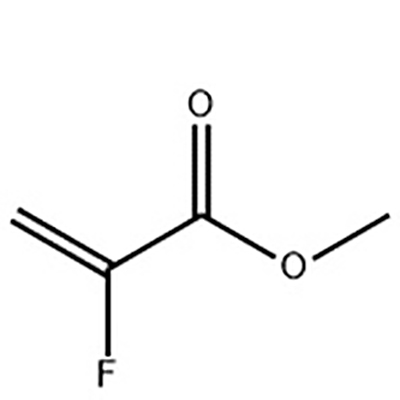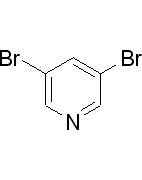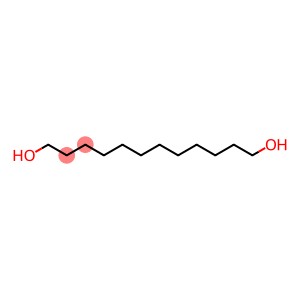Acetaldehyde(CAS#75-07-0)
| Risk Codes | R23/24/25 – Toxic by inhalation, in contact with skin and if swallowed. R34 – Causes burns R40 – Limited evidence of a carcinogenic effect R43 – May cause sensitization by skin contact R36/37 – Irritating to eyes and respiratory system. R12 – Extremely Flammable R67 – Vapors may cause drowsiness and dizziness R11 – Highly Flammable R41 – Risk of serious damage to eyes R22 – Harmful if swallowed R10 – Flammable R19 – May form explosive peroxides |
| Safety Description | S36/37 – Wear suitable protective clothing and gloves. S33 – Take precautionary measures against static discharges. S16 – Keep away from sources of ignition. S26 – In case of contact with eyes, rinse immediately with plenty of water and seek medical advice. |
| UN IDs | UN 1198 3/PG 3 |
| WGK Germany | 2 |
| RTECS | LP8925000 |
| FLUKA BRAND F CODES | 10 |
| TSCA | Yes |
| HS Code | 29121200 |
| Hazard Class | 3 |
| Packing Group | I |
| Toxicity | LD50 orally in rats: 1930 mg/kg (Smyth) |
Introduction
Acetaldehyde, also known as acetaldehyde or ethylaldehyde, is an organic compound. The following is an introduction to the properties, uses, preparation methods and safety information of acetaldehyde:
Quality:
1. It is a colorless liquid with a spicy and pungent smell.
2. It is soluble in water, alcohol and ether solvents, and can be volatile.
3. It has medium polarity and can be used as a good solvent.
Use:
1. It is widely used in industrial production.
2. It is an important raw material for the synthesis of other compounds.
3. It can be used to produce chemicals such as vinyl acetate and butyl acetate.
Method:
There are several ways to prepare acetaldehyde, the most commonly of which is to be produced by catalytic oxidation of ethylene. The process is carried out using oxygen and metal catalysts (e.g., cobalt, iridium).
Safety Information:
1. It is a toxic substance, which is irritating to the skin, eyes, respiratory tract and digestive system.
2. It is also a flammable liquid, which can cause fire when exposed to open flame or high temperature.
3. Appropriate safety measures should be taken when using acetaldehyde, such as wearing protective gloves, glasses and respirators, and ensuring that it operates in a well-ventilated environment.








